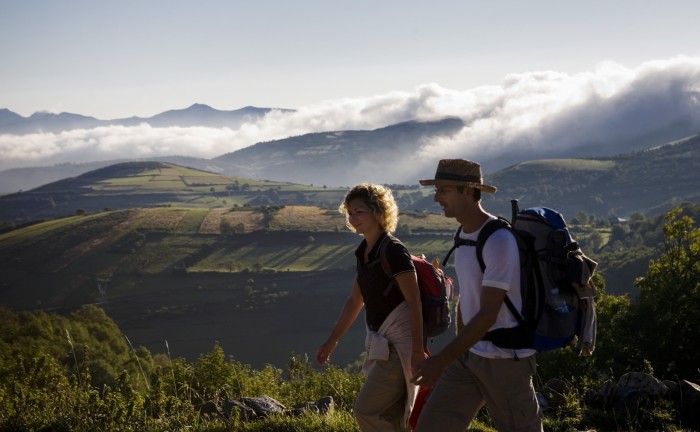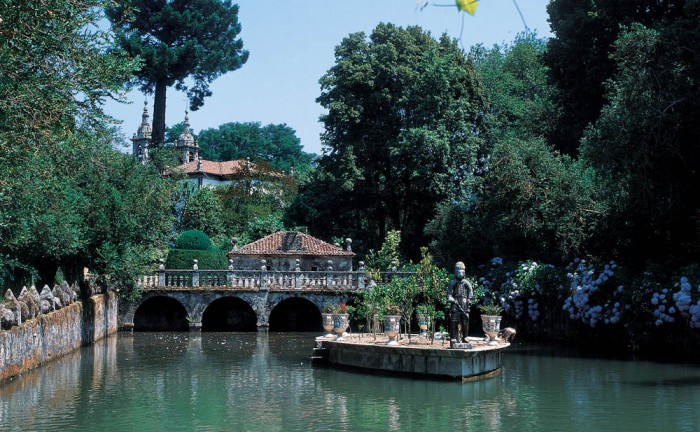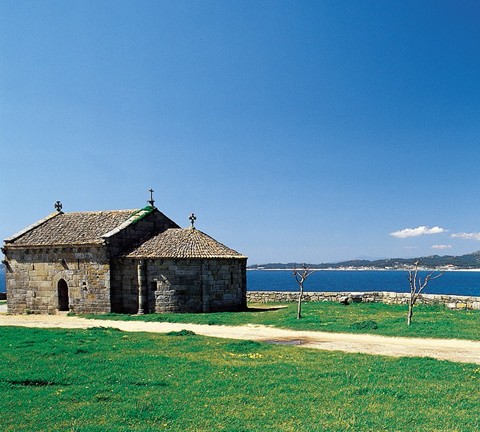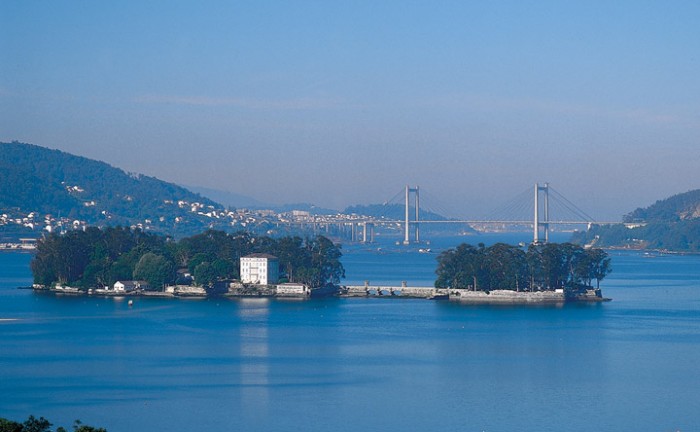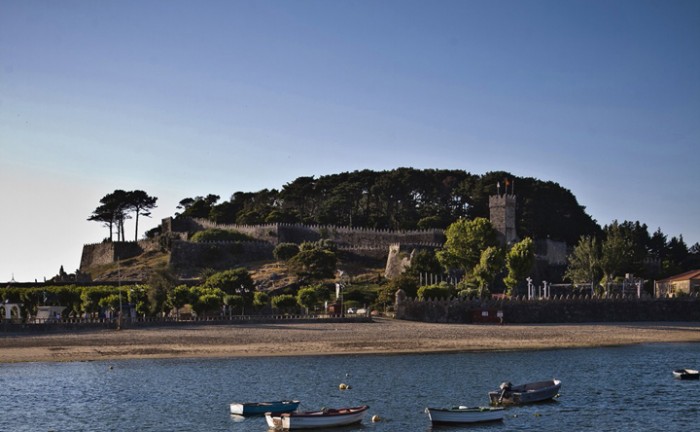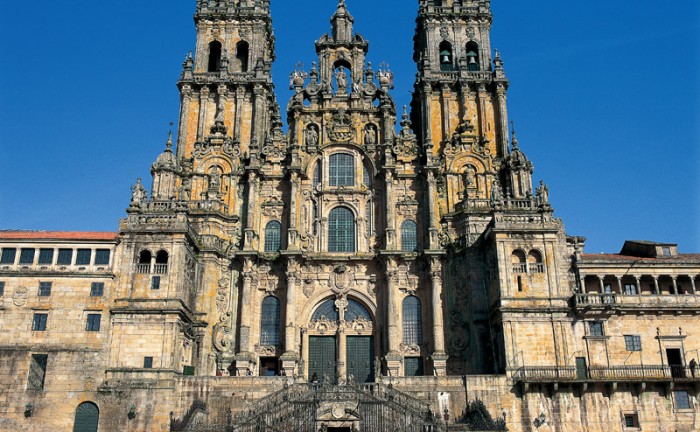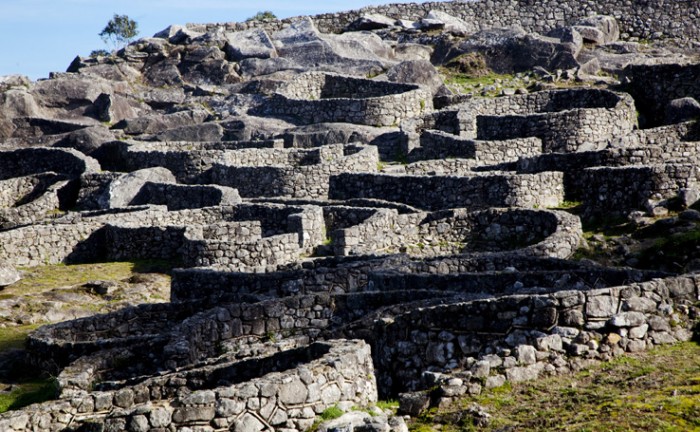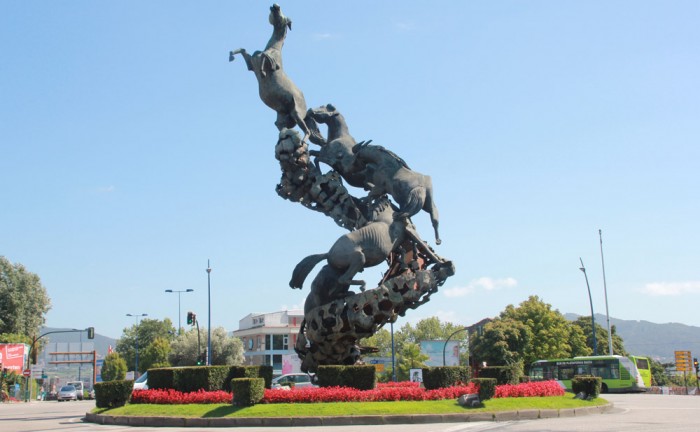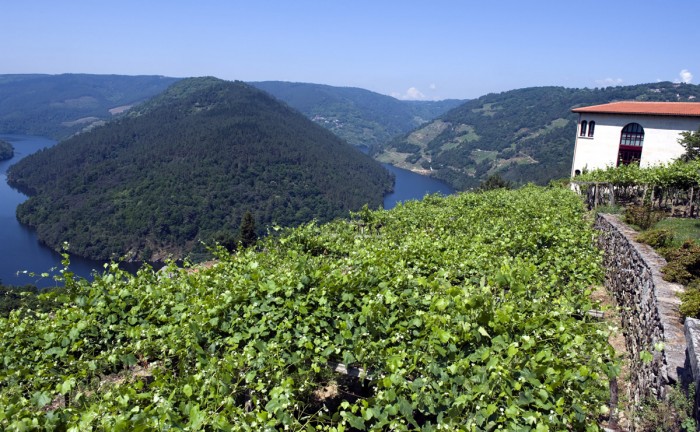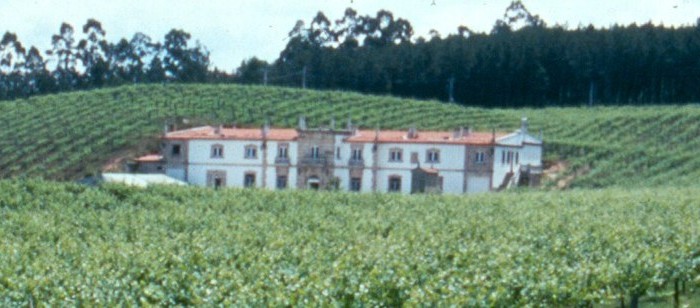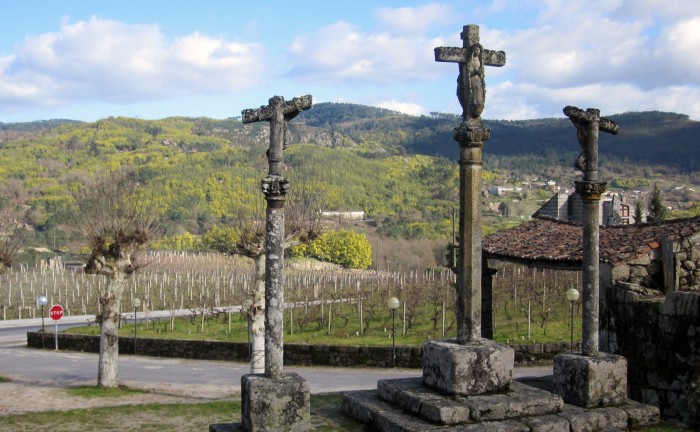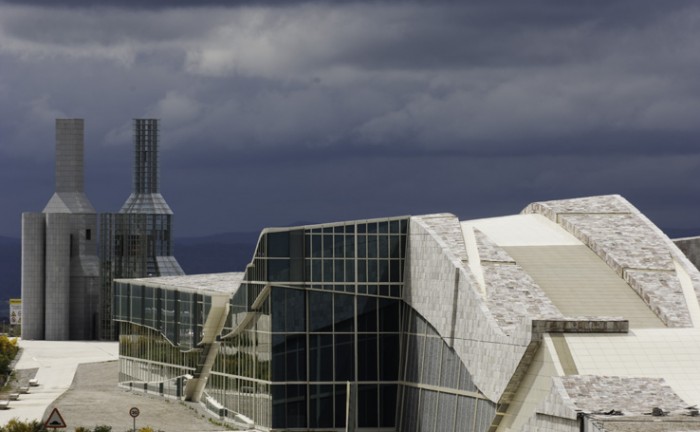The Pilgrims Way to Santiago was declared World Heritage by the UNESCO in 1993. Countless people have gone to Compostela in pilgrimage, since St. James tomb was discovered in the 9th century by Teodomiro, the Iria Flavia´s Bishop.
see more
“Pazo” de Santa Cruz de Ribadulla The founding of this “Pazo” (manor house) dates back to the 16th century and nowadays stands out as one of the best botanical gardens in Europe, with its magnificent camellias, gardenias, rhododendrons, azaleas ,… Other highlights include the “Walk of Olives Trees” probably from the fifteenth century, impressive century-old magnolias, the avenue of ancient box trees, a watermill, a beautiful waterfall and a chapel. “Pazo” de Oca This National Historic Landmark, built in the 17th and 18th centuries, has a battlement tower ornamented with heraldic symbols, a baroque chapel, impressive ponds and magnificent gardens...
see more
Panoramic Drive: Along its coastline the mild temperaturas predominating for most of the year and its territory is tus broken up into extensive treecovered and beaches. La Toja is a natural pine covered island transformed in an important & luxurious tourist complex. Cambados is the old fishing village: San Benito Church & Fefiñanes Palace. Winegrowing is also important, Albariño surely being one of the finest white wines in the world. Optional: –Catamaran trip on the Arousa estuary to know the marine cultivation parks with wine and mussels tasting. –Visit to “Albariño” D.O. winery with wine tasting.
see more
Vigo, known as the “Gateway to the Atlantic” is the largest city in northeastern Spain. Here you will follow a special sightseeing tour through the city´s highlights enjoying the best sights of its famous statuary such as “The Horses” or “Monument to work” located in elegant avenues as well as the facilities of Europe´s biggest fishing port and a spectacular coastline where the mussel farms are the protagonists. A photo-stop will be made in O Castro Mount, a vantage point from where it´s posible to admire stunning views of Vigo Bay together with the Cíes Islands whose main beach, Rodas, is...
see more
Panoramic drive: Baiona is a picturesque little village. Old narrow streets (Santa Marta Church, the Collegiate Church , Santa María Liberata Church and the old fortress of Monterreal-Conde de Gondomar. Santa Trega mountain is the largest site of pre-Roman culture in Galicia, with 2,000 years of history and where we will enjoy stunning views over the Atlantic Ocean. Opposite, on the other side of the river Miño is Valença do Minho, an attractive border town in Portugal- still confined within the fortress walls. Mount Santa Tecla (check schedules and prices). Optional: Visit to the winery of Rosal, Museum-Cathedral of Tui and fortress of Monterreal. (check...
see more
Walking & Panoramic tour: Obradoiro Square (San Jerónimo College, Catholic´s Kings Hospital, Raxoi Palace, San Fructuoso Churc.). Outside Catedral: Platerias Square (Treasure Façade & Cabildo’s Palace), Quintana Square (San Paio de Antealtares Convent, Casa de la Conga, Casa de la Parra, Royal Door & Holy Door), Azabachería Square (Corticela Chapel & San Martín Pinario Monastery). Walking tour through the “Rúas” (picturesque and narrow streets) admiring the “Pazos” (urban Manor House)… Optional: Inside Cathedral & Museum .
see more
Panoramic drive: Baiona is a picturesque little village. Old narrow streets (Santa Marta Church & the Collegiate of Santa María Liberata. The old fortress of Monterreal-Conde de Gondomar. La Guardia (Celtic Village and views over River Miño Valley). Valença do Minho (an attractive border town –Portugal- still confined within the fortress walls).
see more
Vigo, known as the “Gateway to the Atlantic” is the largest city in northeastern Spain. Here you will follow a special sightseeing tour through the city´s highlights enjoying the best sights of its famous statuary such as “The Horses” or “Monument to work” located in elegant avenues as well as the facilities of Europe´s biggest fishing port and a spectacular coastline where the mussel farms are the protagonists. A photo-stop will be made in O Castro Mount, a vantage point from where it´s posible to admire stunning views of Vigo Bay together with the Cíes Islands whose main beach, Rodas, is...
see more
More than 2.000 years ago, the Romans introduced in this region the Wine Grape Growing. During the Medieval Ages it was a continued activity carried out by the different monastic orders that settled down in the confluence of the Miño and Sil. It is for this reason that, at present, it is possible to find numerous churches and monasteries worth visiting. In this spectacular and rugged scenery, characterized by the narrowness of different rivers in deep canyons, has emerged one of the most important Wine Producing regions in Galicia, labelled with the Appellation of Origin (D.O.) “Ribeira Sacra”
see more
In the Salnés Peninsula is cultivated with great care and dedication the vineyard from which we obtain one of the most renowned wines in Galicia, the “Albariño”. On the shores of the Arousa and Pontevedra Bays grow the “albariña” grapes; this singularity contributes to the characteristic saline hints of the wine D.O. Rías Baixas. Besides visiting the most prestigious and diverse wineries, the tour will be enriched by unique landscapes and an incomparable monumental and ethnographic heritage that will leave no one indifferent.
see more
In the confluence of the Miño, Avia and Arnoia rivers, is situated the Ribeiro Region, widely known since the Medieval times as one of the main wine-growing territories. Still nowadays is a region of famous wines labelled with the oldest Appelation of Origin (D.O.) within Galicia. The Ribeiro Region has a wide range of unique and special historic heritage places and landscapes, so that it would be possible to combine a visit to the wineries and vineyards with Celtic remains (Castro de San Cibrao de Las), medieval monasteries (San Clodio or Melon) or the town of Ribadavia, declared to be...
see more
